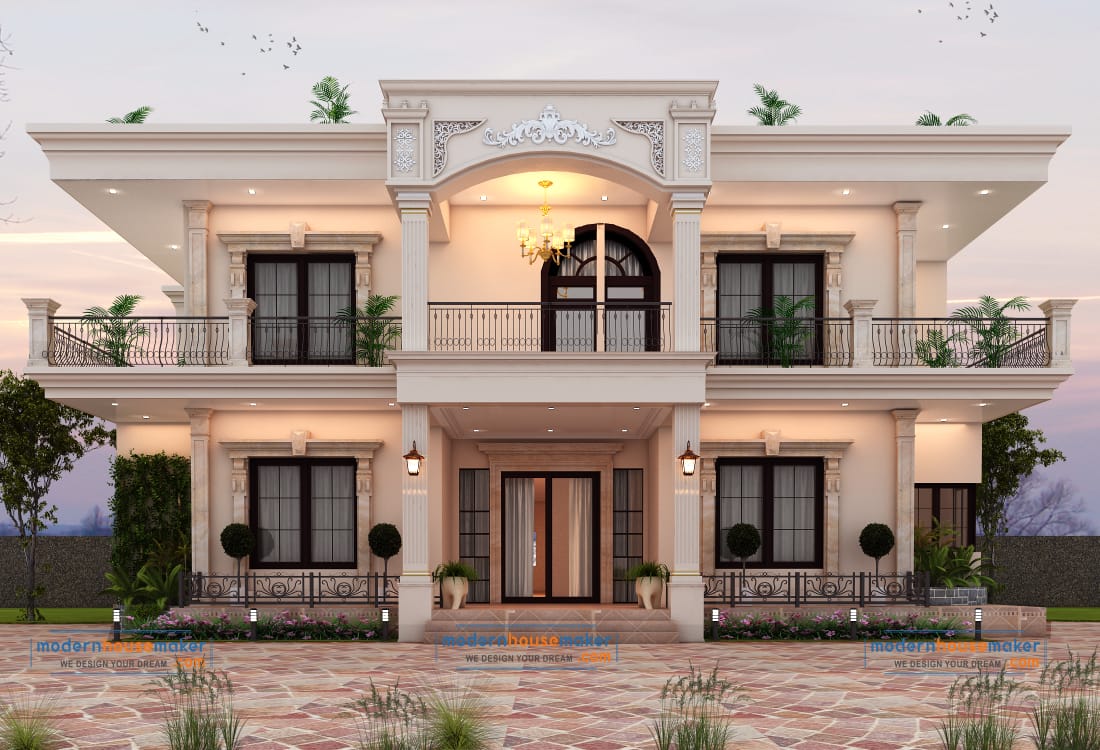
As technology advances and lifestyles evolve, modern homeowners are constantly seeking innovative solutions to enhance their living spaces. From smart home automation to sustainable design features, there are countless ways to incorporate modern amenities into your home. Refer: https://upwardconstruction.ca/
In this article, we will explore five must-have facilities that can elevate the functionality and aesthetics of your modern home design.
1. Smart Home Automation
Smart home automation has revolutionized the way we interact with our living spaces, offering convenience, comfort, and energy efficiency. By integrating smart devices and systems, homeowners can control various aspects of their home with the touch of a button or a simple voice command. Some key features of smart home automation include:
Features:
- Smart lighting systems that can be programmed to adjust brightness and color temperature according to your preferences.
- Smart thermostats that learn your heating and cooling patterns to optimize energy usage and maintain a comfortable indoor environment.
- Smart security systems with cameras, motion sensors, and remote monitoring capabilities for enhanced home security.
- Voice-activated assistants like Amazon Alexa or Google Home that can control various smart devices and answer your queries.
2. Energy-Efficient Appliances
Energy efficiency is a key consideration for modern homeowners looking to reduce their carbon footprint and lower utility bills. Investing in energy-efficient appliances not only helps the environment but also saves you money in the long run. Some popular energy-efficient appliances to consider for your modern home design include:
Popular Appliances:
- ENERGY STAR-rated refrigerators, dishwashers, and washing machines that use less water and electricity while delivering optimal performance.
- Induction cooktops that heat up faster and are more energy-efficient than traditional gas or electric stoves.
- Solar panels for generating clean, renewable energy to power your home and reduce your reliance on the grid.
- Smart appliances that can be programmed to run during off-peak hours to further optimize energy consumption.
3. Home Office Spaces
With the rise of remote work and freelancing, having a dedicated home office space has become essential for many modern homeowners. A well-designed home office can boost productivity, creativity, and overall work-life balance. When creating a home office, consider the following features:
Key Features:
- Ergonomic furniture like adjustable desks and supportive chairs to promote proper posture and prevent fatigue.
- Ample natural light and task lighting to reduce eye strain and create a comfortable work environment.
- Integrated technology such as high-speed internet, video conferencing equipment, and multiple monitors for seamless communication and productivity.
- Storage solutions like shelves, cabinets, and organizers to keep your workspace clutter-free and organized.
4. Outdoor Living Spaces
Outdoor living spaces have become increasingly popular among modern homeowners seeking to extend their living areas and connect with nature. From spacious decks to cozy patios, outdoor spaces offer a retreat for relaxation, entertainment, and socializing. When designing outdoor living spaces, consider the following elements:
Elements to Consider:
- Outdoor kitchens with grills, sinks, and countertops for al fresco dining and entertaining.
- Fire pits or fireplaces for warmth and ambiance during cooler evenings.
- Comfortable seating options like lounge chairs, sofas, and dining sets for relaxation and social gatherings.
- Gardens, landscaping, and greenery to enhance the beauty and tranquility of your outdoor oasis.
5. Sustainable Design Features
Creating a sustainable home not only benefits the environment but also promotes health, comfort, and cost savings for homeowners. By incorporating sustainable design features into your modern home, you can reduce waste, conserve resources, and contribute to a greener future. Some sustainable design features to consider include:
Design Features:
- Energy-efficient windows and insulation to improve thermal comfort and reduce heating and cooling costs.
- Low-flow fixtures and water-saving appliances to minimize water consumption and lower utility bills.
- Recycled and eco-friendly materials for flooring, countertops, and cabinetry to reduce environmental impact and promote indoor air quality.
- Rainwater harvesting systems and drought-resistant landscaping to conserve water and support sustainable landscaping practices.